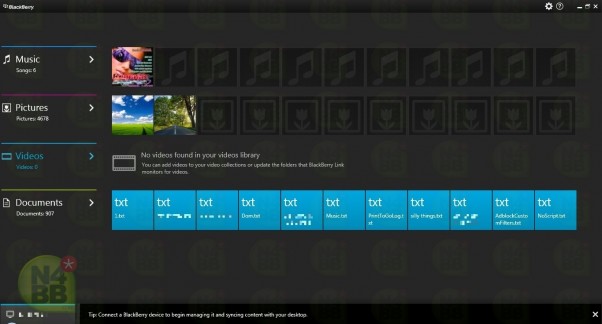FM2 is the socket that AMD's Trinity accelerated processing units use (APUs), which means that the new mainboard from Biostar is the sort of platform that mid- to high-end PCs will use.
Advanced Micro Devices has come a long way in its quest to include all possible instructions and interfaces inside a single processor. Currently, its APUs pack not just the x86 cores and GPU (graphics processing unit), but also the memory controller. That leaves the A85X chipset with the minor role of making the connections between the features above and the rest of the things on the mainboard. This is one of the main reasons why motherboard makers don't always mind adding special features to their products. Indeed, if they didn't, the Trinity-compatible motherboard segment would be a very dull place.
On that note, Biostar’s Hi-Fi A85W has not only a noise-blocking multi-layer PCB (printed circuit board), but also a built-in amplifier and Non-Polarized Electrolysis Electric audio capacitors. The first of the three shields analog audio signals from digital sources. Then there is the Hi-Fi Power technology, which gives audio components an independent power design, one reliant on “Hi-Fi” resistors. The rest of the specifications are relatively ordinary: several video ports (DVI, HDMI, D-Sub), a debug LED, two USB 3.0 ports, 7.1-channel audio (Realtek ALC892 codec), Gigabit Ethernet, eight SATA 6.0 Gbps ports, two PCI Express x16 video slots, two PCI slots, two PCI Express x1 slots and four DDR3-2400 memory slots.
All in all, there seems to be enough to justify the Biostar Hi-Fi A85W price tag of 124.90 Euro ($124.90 – 161 Euro). It now falls to customers themselves to decide if the audio support is good enough to buy it over alternatives. Biostar's motherboard can be a good gaming platform, but it would not make sense to pay extra for audio quality if an add-in sound card is part of the plan as well.
 |
Biostar Hi-Fi A85W
Image credits to Biostar |




 11/29/2012 07:53:00 PM
11/29/2012 07:53:00 PM
 dannzfay
dannzfay




























.jpg)
















